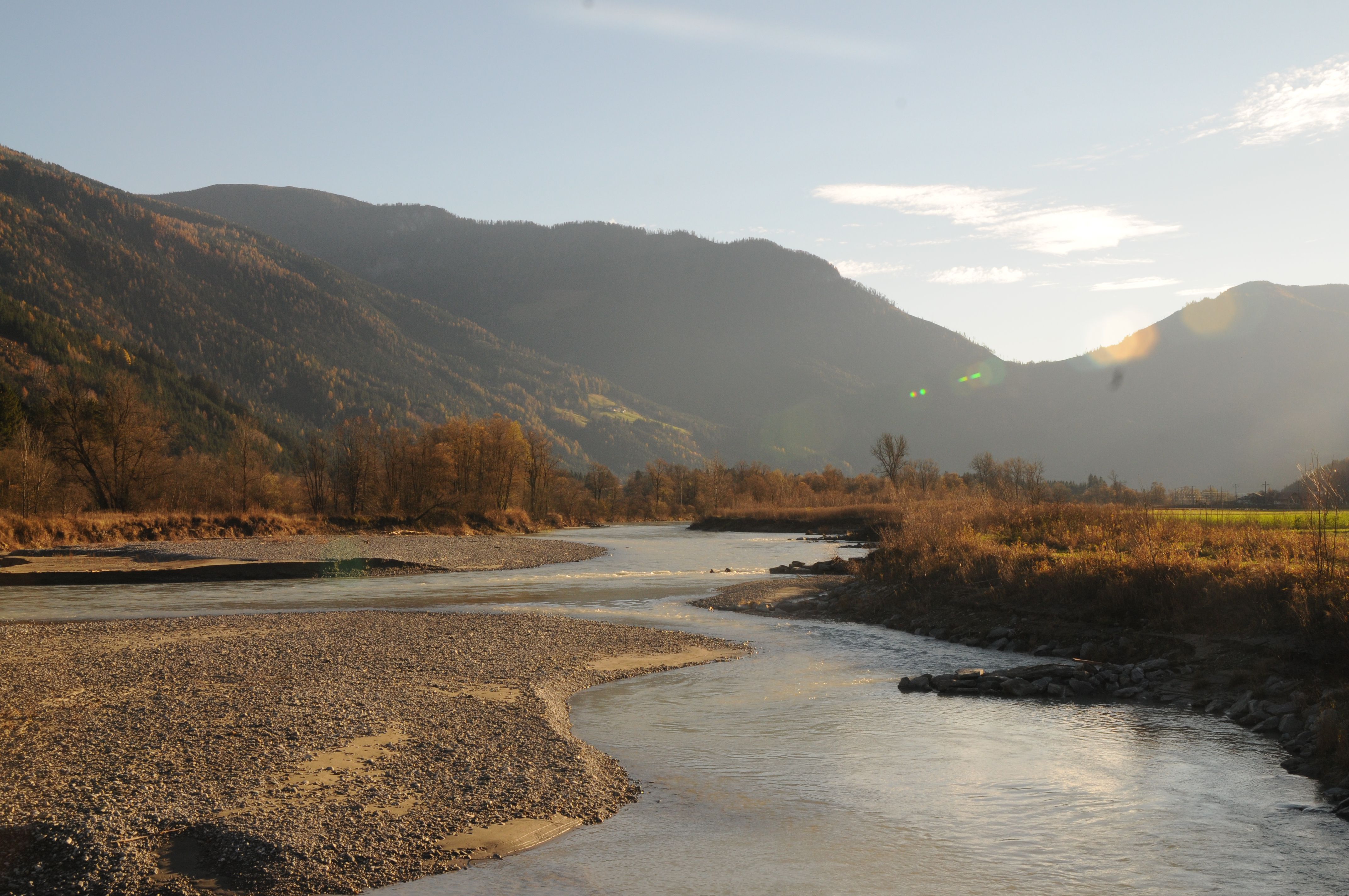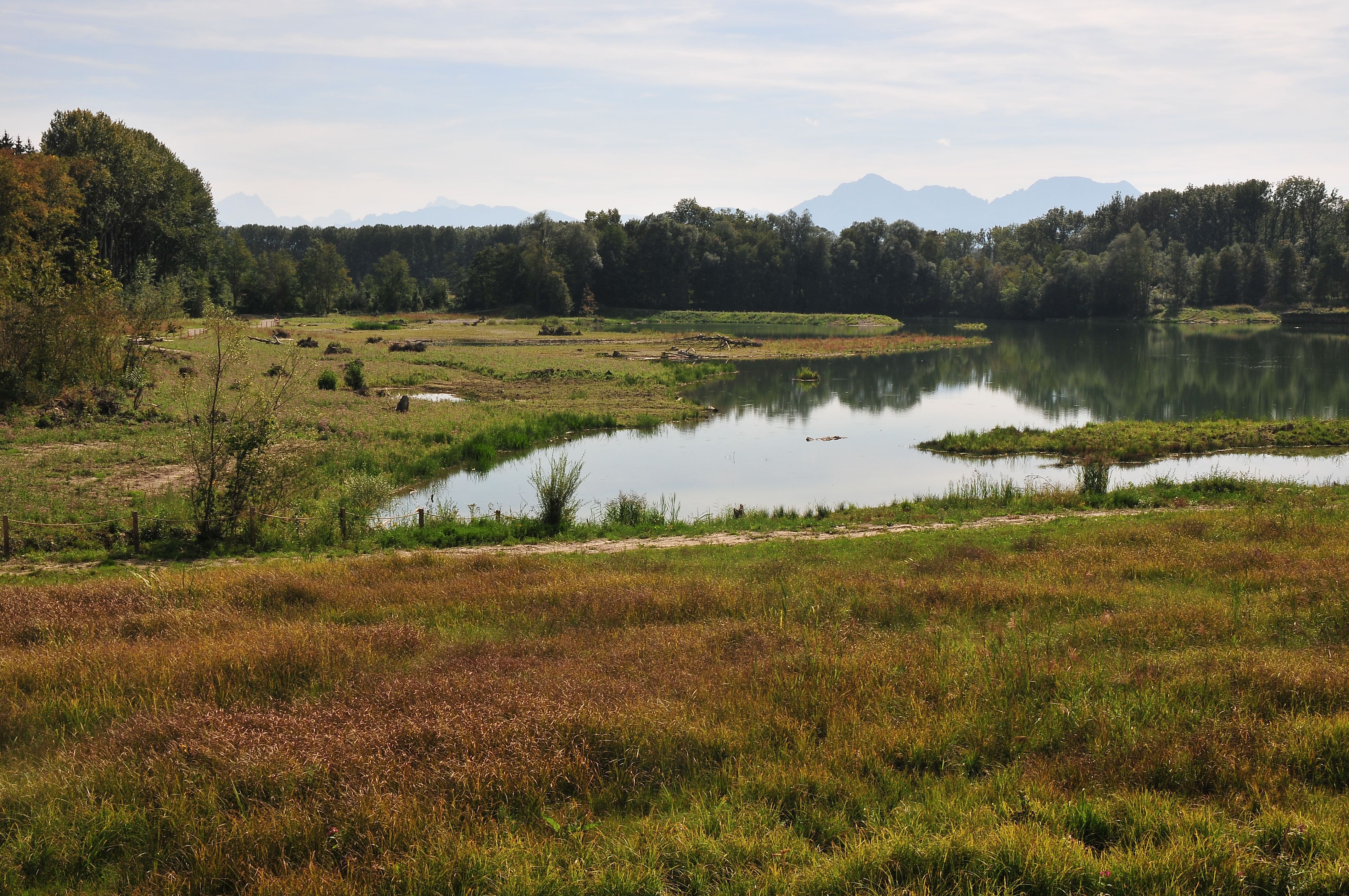LIFE-MICACC project
LIFE16 CCA/HU/000115
"Municipalities as integrators and coordinators
in adaptation to climate change"
LIFE-MICACC project
LIFE16 CCA/HU/000115
"Municipalities as integrators and coordinators
in adaptation to climate change"
In addition to the LIFE-MICACC project, WWF Hungary carries out a number of other national and international projects to protect the environment, to mitigate the effects of climate change and to preserve species diversity.
WWF Hungary’s Water Habitat Program launched a new LIFE project, WISE-DRAVA, in 2018. The tender is intended to remedy the problem of the third largest river in Hungary and its former floodplain. Namely, due to the hydroelectric power stations and wing-dams built on the upper part of the Drava, the river does not deliver enough sediment to the lower Hungarian sections, so the riverbed cuts into the ground level, and it is constantly deepening. Flooding down the river rarely exits the floodplain, they can no longer hold back their water, and there is no place to hold back due to the disappearance of the floodplain, so the areas next to the country’s third largest river are drought. One of the LIFE-MICACC’ project external cooperating municipality partner (Tésenfa) is located in this area, fighting against said problems.
The possible solutions are not simple and cheap, but there is a good example. In November 2018, we travelled with our colleagues working along the Drava in Austria to get to know two exemplary LIFE projects.
In the first site of the Upper Drava, in the winding section of the Alps, we have been able to learn about more than ten years of work (LIFE Lebensader Obere Drau (2006-2011) and LIFE Obere Drau II project). Here the river, similarly to the Hungarian section, has been severely cut, its curves are straightened, since every square meter of the flat but narrow valley around it offers a rare opportunity for agricultural cultivation in Austria. In these places the regulating river spurs were demolished under the LIFE program, and many small spurs, sunk into the ground were used to allow the Drava to freely, dynamically shape its river bed, build reefs, create ruptured walls, bringing new sediment into the bed. For several kilometres the river widened, its flow slowed down, and the deepening of the riverbed stopped. It created new reefs and new habitats, and the river still does not endanger the surrounding settlements, agricultural areas.

In the broadened riverbed, the reef formation began, and the deepening of the riverbed stopped. With the in-ground stone spurs, the river would not be able to break the river wall beyond a certain point.
The second example was in the floodplain of the Salzachauen River next to the town of Salzburg. In the highly regulated river the deepening of the riverbed was the biggest problem, which has been remedied by two solutions. One of them is a huge river bottom sill built into the river, with a narrow navigable gateway, which on the section above the threshold, helps to recharge the bed, that is, to rise again. In parallel with this, a huge area of 127 hectares, with a former branch was fed back to the river’s floodplain. Here the water of the river’s flood is discharged in a controlled way and retained in a large lake system, left behind from a former pebble mine.

The lake in the rehabilitated floodplain functions as a wetland habitat; it favours natural species and improves the water balance of the floodplain.
Source: LIFE-Salzachauen webpage
These projects deal with water retention on a larger scale, with a larger budget and water retention along major rivers, and with the problem of large river regulation, which is also a problem at home, like the LIFE-MICACC project.
Written by Mátyás Farkas
More information:
LIFE Obere Drau II (LIFE06 NAT/A/000127) webpage: http://www.life-drau.at/
LIFE-Salzachauen (LIFE14 NAT/AT/000496) webpage: https://www.salzburg.gv.at/themen/natur/naturprojekte/life-salzachauen